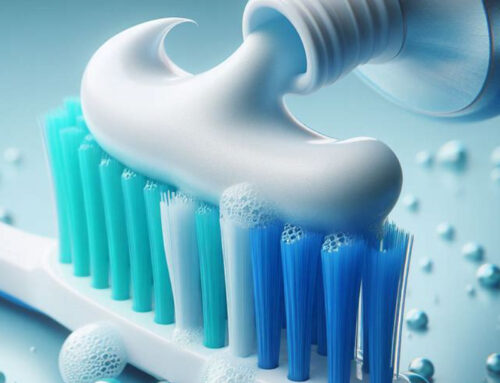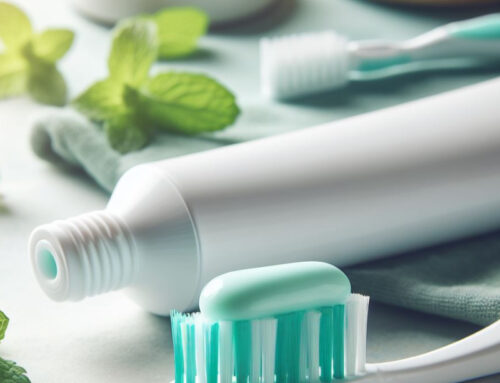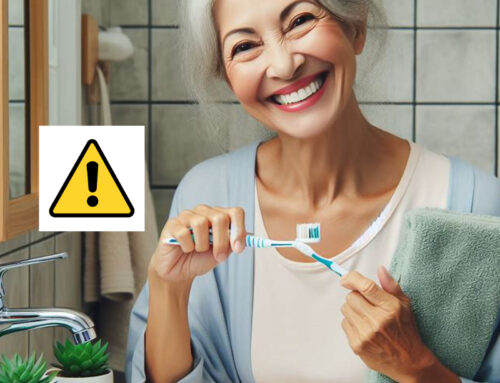
Effective brushing is crucial for oral health.
Taking care of your teeth at home is essential. But do you know if you even brush properly? What else can you do to maintain good oral health and avoid complications. When it comes to brushing your teeth, many of us think we’re doing it right, but often, we’re not.
Brushing too vigorously can damage the gum line. Use gentle, circular motions. Let the bristles do the work, not your arm strength, especially if you are using electric toothbrush. Aim for thoroughness, not force. And remember, consistency is key for a healthy smile.
Here are some brushing tips and techniques for maintaining good oral hygiene:
- Brush Twice a Day: Brush your teeth at least twice a day, ideally in the morning and before bedtime, to remove plaque and food particles that can lead to tooth decay and gum disease. Brushing at night is more important, yet you should brush twice daily!
- Use the Right Toothbrush: Choose a toothbrush with correct bristles and a small head that can easily reach all areas of your mouth. Replace your toothbrush every three to four months, or sooner if the bristles are frayed. It is best to receive advice from your dental hygienist. Some people suit softer bristles, other interchange. It is better to use an electric toothbrush, but not always and you can interchange. When using electric toothbrush, you should not add any extra force as the toothbrush is doing its job.
- Proper Brushing Technique:
Hold your toothbrush at a 45-degree angle to the gums.
Use short, gentle strokes to brush the outer surfaces, inner surfaces, and chewing surfaces of your teeth.
For the inner surfaces of your front teeth, hold the brush vertically and use up-and-down strokes.
Don’t forget to brush your tongue to remove bacteria and freshen your breath. - Time Yourself: Brush for at least two minutes each time you brush to ensure thorough cleaning of your teeth and gums. You can use a timer or a brushing app to help you keep track of time.
- Don’t Brush Too Hard: Avoid brushing too vigorously, as this can damage your gums and tooth enamel. Instead, use gentle pressure and let the bristles do the work.
- Use the right Toothpaste: Choose a toothpaste to help strengthen your tooth enamel and prevent tooth decay. Use a pea-sized amount of toothpaste on your brush.
- Rinse and Store Properly: After brushing, rinse your toothbrush thoroughly with water and store it in an upright position to air dry. Avoid covering the brush or storing it in a closed container, as this can promote bacterial growth.
- Replace Regularly: Replace your toothbrush or brush head every three to four months, or sooner if you’ve been sick or if the bristles are worn out.
By following these brushing tips and techniques, you can maintain good oral hygiene and keep your smile healthy and bright. Remember to also floss daily, eat a balanced diet, and visit your dentist regularly for check-ups and cleanings.
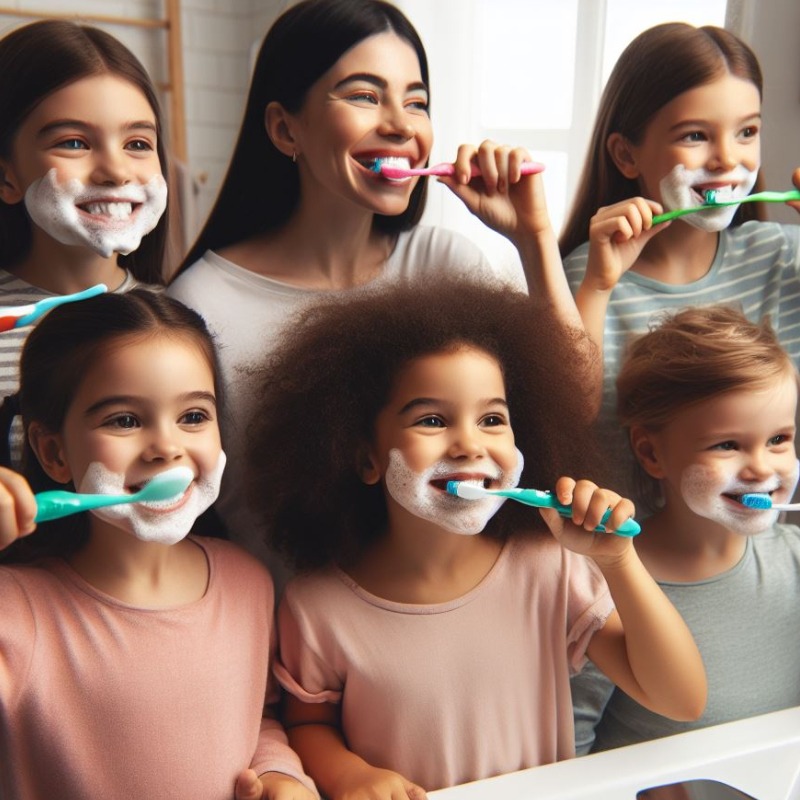

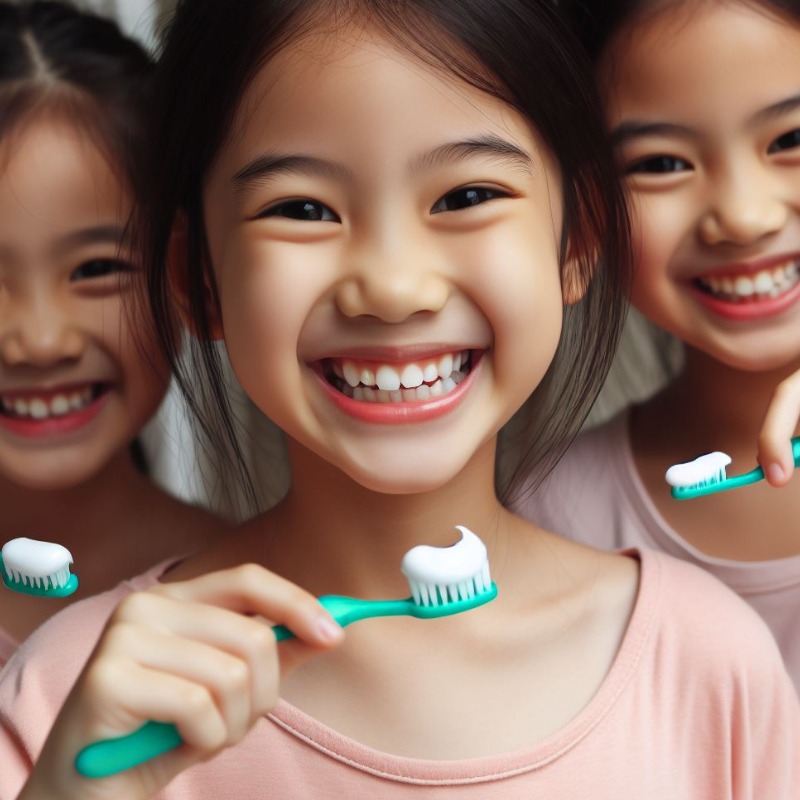
Here are some brushing tips tailored specifically for kids:
1. Make it Fun: Turn brushing into a fun activity by playing their favorite song or setting a timer for two minutes to make it feel like a game.
2. Lead by Example: Show your kids how to brush properly by brushing your teeth alongside them. Children often mimic what they see their parents or caregivers doing.
3. Choose the Right Toothbrush: Let your child pick out their toothbrush in their favorite color or with their favorite character to make brushing more exciting for them.
4. Use a Pea-Sized Amount of Toothpaste: Teach your child to use only a pea-sized amount of toothpaste.
5. Make Brushing a Routine: Establish a regular brushing routine by brushing your child’s teeth at the same time each day, such as after breakfast and before bedtime.
6. Use Gentle Pressure: Teach your child to use gentle pressure while brushing to avoid damaging their gums and tooth enamel.
7. Brush All Surfaces: Encourage your child to brush all surfaces of their teeth, including the front, back, and chewing surfaces, as well as their tongue.
8. Offer Positive Reinforcement: Praise your child for brushing their teeth well and offer positive reinforcement to encourage good oral hygiene habits.
9. Monitor Brushing: Supervise your child’s brushing until they are old enough to brush effectively on their own, usually around the age of seven or eight.
10. Make Regular Dental Visits: Schedule regular dental check-ups for your child to monitor their oral health and address any concerns early on.
By implementing these brushing tips for kids, you can help your child develop good oral hygiene habits that will last a lifetime. Remember to make brushing enjoyable and praise your child for their efforts to make it a positive experience.
*Small kids tend to not require flossing as naturally their teeth have larger gaps. It is important to avoid brushing immediatelly after eating or drinking any sweet/aciding drinks. This applies to both kids and adults.

